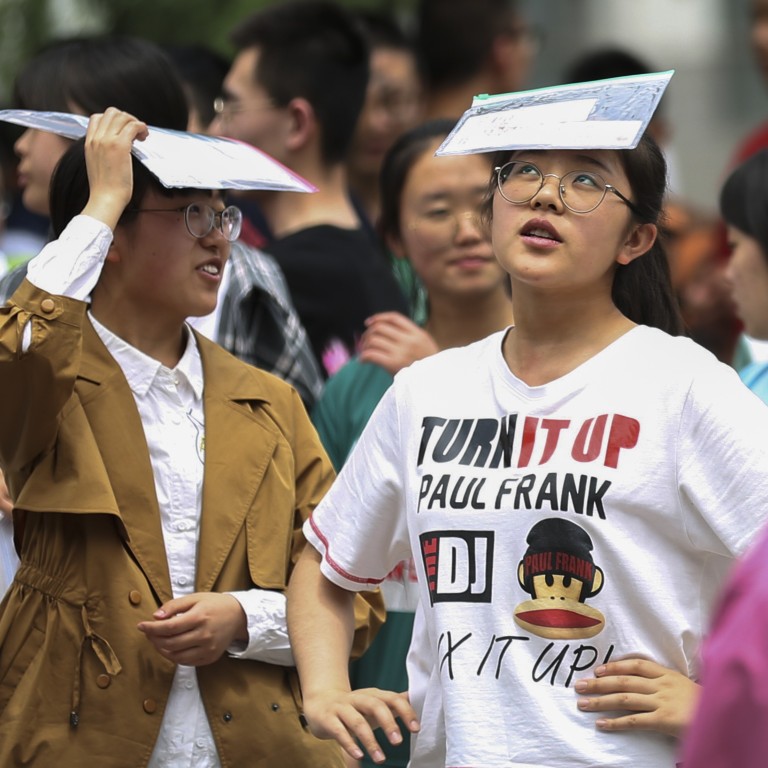
In the US-China tussle for the best brains, Beijing cannot afford to rest easy, even on good Pisa test scores
- China’s top international test scores belie an education system constrained by rigid exams and political correctness, with very different outcomes geographically. As the US-China rivalry extends to human capital, Beijing must improve the system
By contrast, in the same reading test, a fifth of American 15-year-olds could not read at the level expected of those much younger. Separately, a US-administered test, the National Assessment of Educational Progress, has also found that two-thirds of American 15-year-olds were not proficient readers.
China also outperforms the US at both the top and bottom ends in the Pisa survey. In the US, 17 per cent of the students surveyed were top performers in at least one subject (maths, science or reading) while almost 13 per cent showed no proficiency in any subject. For China, only 1 per cent of students are such low achievers while almost half are top performers.
China’s share of low achievers is a global outlier – when the OECD average is around 13 per cent and many developing countries have more than 30 per cent. China’s success is easy to see but hard to copy.
But the Pisa results should not be taken at face value either.
First, the Chinese regions in the latest Pisa survey are its most literate, and the big improvement came after Zhejiang replaced Guangdong in the survey. For centuries, Zhejiang and Jiangsu were the breeding grounds for China’s top imperial scholars while Beijing and Shanghai are top cities with the best educational resources at all levels. If 15-year-olds from Massachusetts and New Jersey were compared with their peers in Jiangsu and Zhejiang, the difference between the US and China would be much smaller.
Special treatment for foreign students can’t fix China’s talent deficit
Third, China’s sterling Pisa results were as much the work of overeager parents as the government schools. Chinese parents are known to invest deeply in private tuition for their children to help them keep up with and get ahead of their peers. So, while a bit of self-congratulation is in order, much work lies ahead for China.
First, the quality of China’s primary and secondary school education can be much improved outside its major cities and most literate regions. Not just for places such as Xinjiang and Tibet. Even affluent Guangdong is no match for Zhejiang. The quality of education can be seriously wanting outside the Pearl River Delta.
To tackle child sex abuse, China needs a national protection network
Importantly, students should learn cultural intelligence. Indeed, global competence was a key theme in the latest Pisa tests, although the results for the section are yet to be released. In a globalised world, collaboration across cultures is essential to our fortunes – as individuals, companies, nations and the world.
Winston Mok, a private investor, was previously a private equity investor

